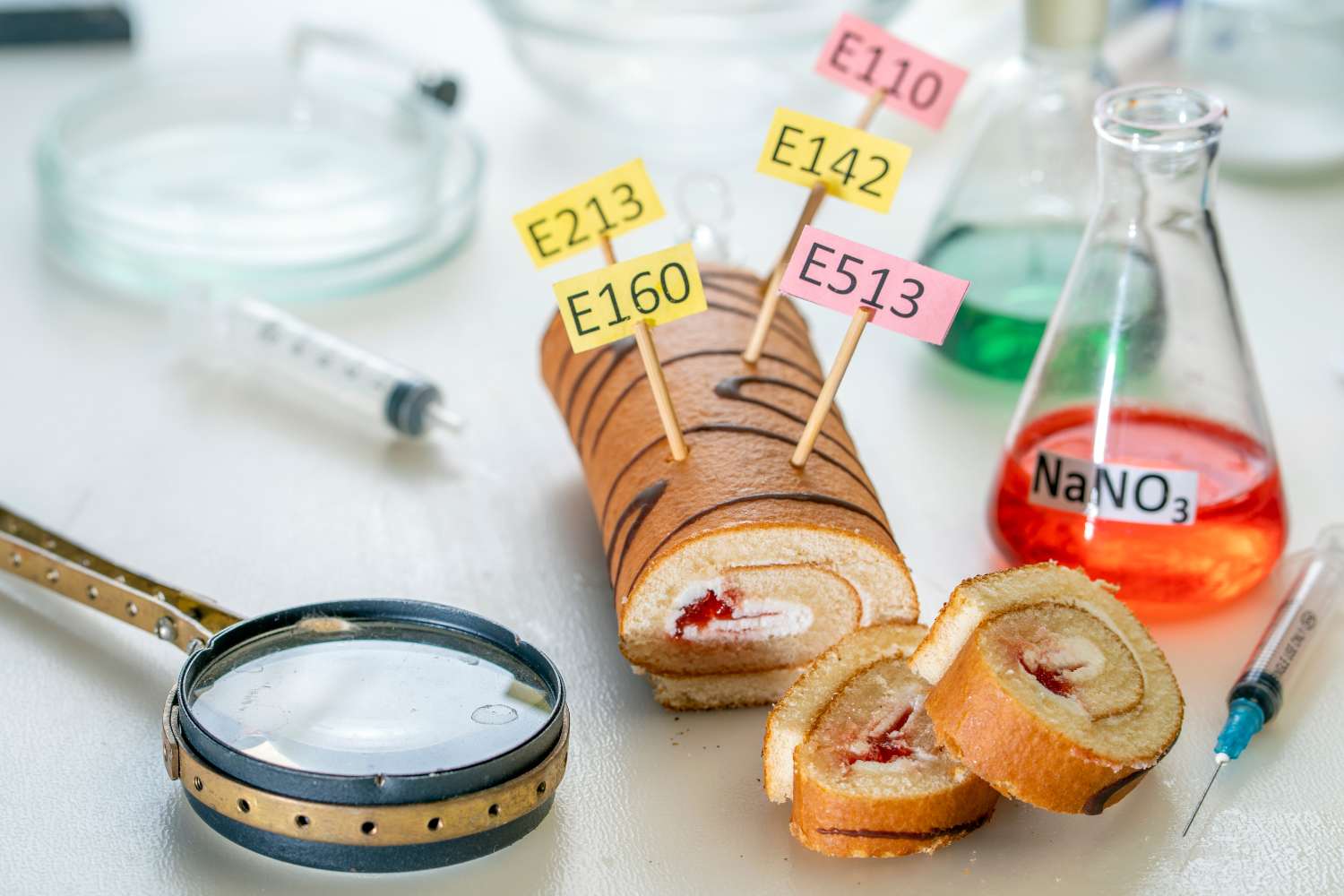Seven artificial food dyes have been banned in West Virginia. The ban will go into effect in schools this August and more broadly in 2028. The chemicals are often found in products such as soft drinks, breakfast cereals, candy and baked goods. More than 20 other states across the U.S. are considering similar bans.

Following California‘s lead, West Virginia has made significant progress in protecting its citizens from harmful chemicals in food.
Governor Patrick Morrisey has recently signed a law that bans most food colorings and two preservatives, marking the most radical move by any state in the United States to date.
At least 20 other states are considering similar restrictions on food chemicals, but West Virginia is the first to prohibit virtually all artificial food dyes in products sold statewide.
The new law will also prevent products containing these colorings from being served in school meals starting in August.
The banned colorings
The colorings prohibited under the new law include:
- Blue No. 1 (Brilliant Blue, E133)
- Blue No. 2 (Indigo Carmine, E132)
- Green No. 3
- Yellow No. 5 (Tartrazine, E102) and No. 6 (E110)
- Red No. 40 (Allura Red, E129) and No. 3 (E127, also known as Erythrosine)
- The two preservatives propylparaben and butylated hydroxyanisole (BHA)
The new law will also prevent products containing these colorings from being served in school meals.
These colorings are used to make a variety of products more visually appealing, many of which are marketed toward children, such as cereals, snacks, baked goods, and candy. A 2021 scientific review by California researchers found that consumption of these colorings may be linked to increased hyperactivity and other behavioral disorders in some children. Despite this, the FDA has stated that food colorings are safe when used in accordance with existing regulations, except for Red No. 3, which has been banned by the agency for use in food, drinks, and drugs (the ban will go into effect in 2027).
